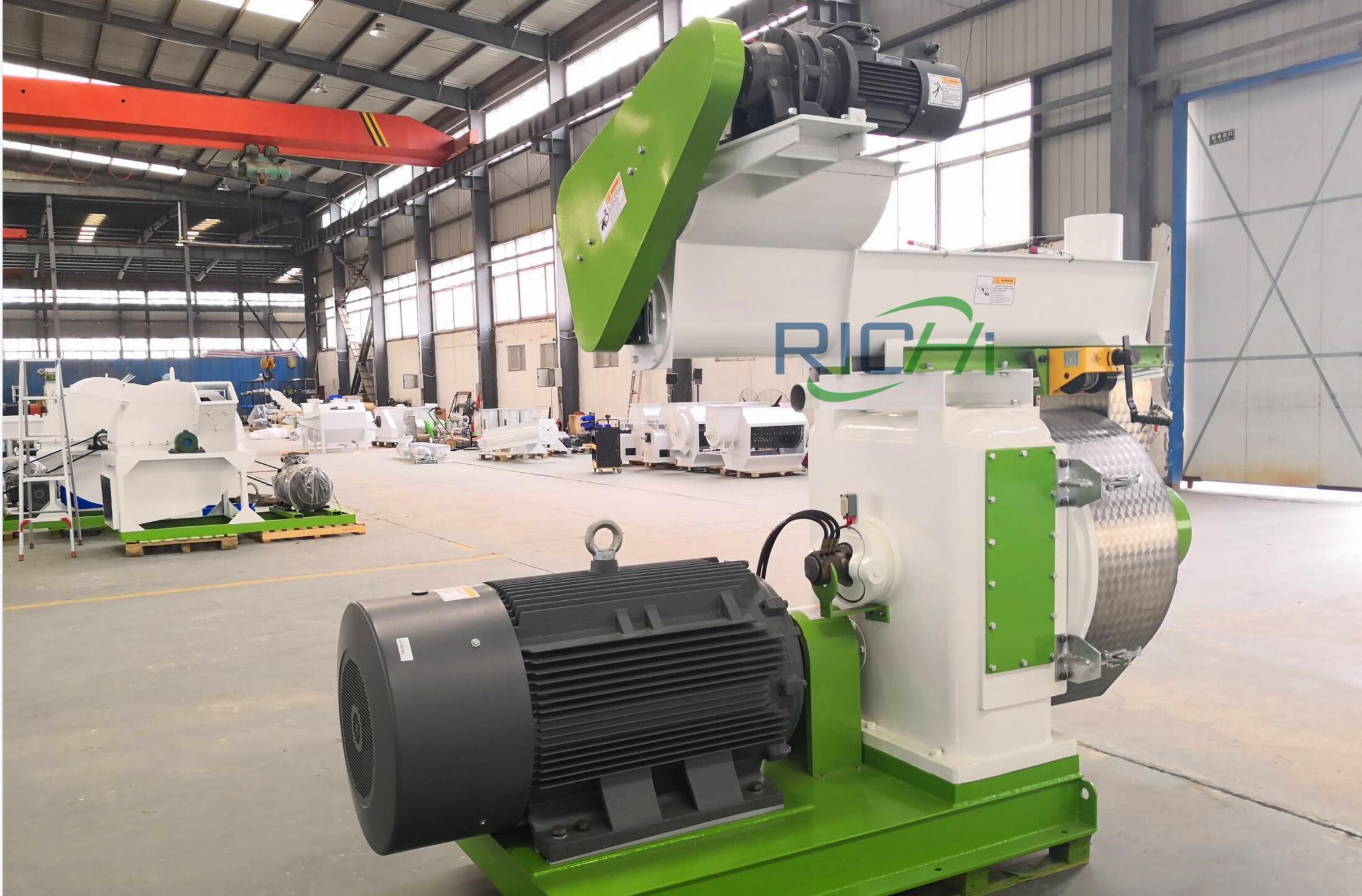Sawdust pellets from waste timber
Contents |
[edit] Timber waste to pellet machines
There is a variety of sources of waste timber, such as leftovers from furnishings factories, timber boards after packaging, timber branches from handicrafts, wood from building sites, and so on. Waste timber can be seen everywhere and it is inefficient to directly throw it away or burn it openly, it can better utilised by processing into sawdust pellets.
The pellets processed by by sawdust pellet machinery are primarily used in boilers, home heating and also fireplaces as an alternative to coal. Sawdust pellet makers can process not just wood scraps, but also sorghum stalks, corn stalks, cotton stalks, wheat or straw stalks, branches, etc, all of which are a form of renewable bio-energy.
[edit] Biomass and boilers
Sawdust pellet machinery has generated a lot of interest and thus sawdust pellet machineries have received comprehensive focus and promotion. Sawdust pellets can be made from timber chips, peanut husks, rice husks, straws, cottonseed husks, etc.
Biomass power pellets have good burning capability and high calorific value after carbonisation. In comparison with coal-fired products, the purity of biomass power pellets is often higher, typically not having other pollutants, including pollutants such as carbon gangue and stones. Compared with coal, pellet burning is also cleaner, and more convenient and automated, which can free workforce as well as boosting performance. After the biomass energy pellets are used, the ash created is of goof quality and can be reused as potash fertilizer.
[edit] Advances in sawdust pellet equipment
With the changing nature of fuels as well as restrictions on air pollution and carbon emissions in aiming to the future, the sawdust pellet machinery market is increasingly a good option. Whether straw or waste, these machines can be used to realise the potential in reuse of resources.
[edit] Capital cost
Investment in sawdust pellet machine devices is significant. Investment in light equipment generally requires 10000-100000USD plus fabrication and also basic materials. Therefore, sufficient research prior to investment is required.
[edit] Security of supply
As the range of applications for these machines is wide with all sorts of timber chips, sawdust, scraps, plant straw able to be used, supply issues are reduced. It is worth noting however that different material inputs will give different outputs, for example the calorific worth of straw is low and less dense so the rate of the pellets will be reduced. On the other hand timber is a good source and sawdust pellet equipment can usually generate about 10 lots of pellets a day.
Featured articles and news
RTPI leader to become new CIOB Chief Executive Officer
Dr Victoria Hills MRTPI, FICE to take over after Caroline Gumble’s departure.
Social and affordable housing, a long term plan for delivery
The “Delivering a Decade of Renewal for Social and Affordable Housing” strategy sets out future path.
A change to adoptive architecture
Effects of global weather warming on architectural detailing, material choice and human interaction.
The proposed publicly owned and backed subsidiary of Homes England, to facilitate new homes.
How big is the problem and what can we do to mitigate the effects?
Overheating guidance and tools for building designers
A number of cool guides to help with the heat.
The UK's Modern Industrial Strategy: A 10 year plan
Previous consultation criticism, current key elements and general support with some persisting reservations.
Building Safety Regulator reforms
New roles, new staff and a new fast track service pave the way for a single construction regulator.
Architectural Technologist CPDs and Communications
CIAT CPD… and how you can do it!
Cooling centres and cool spaces
Managing extreme heat in cities by directing the public to places for heat stress relief and water sources.
Winter gardens: A brief history and warm variations
Extending the season with glass in different forms and terms.
Restoring Great Yarmouth's Winter Gardens
Transforming one of the least sustainable constructions imaginable.
Construction Skills Mission Board launch sector drive
Newly formed government and industry collaboration set strategy for recruiting an additional 100,000 construction workers a year.
New Architects Code comes into effect in September 2025
ARB Architects Code of Conduct and Practice available with ongoing consultation regarding guidance.
Welsh Skills Body (Medr) launches ambitious plan
The new skills body brings together funding and regulation of tertiary education and research for the devolved nation.
Paul Gandy FCIOB announced as next CIOB President
Former Tilbury Douglas CEO takes helm.
UK Infrastructure: A 10 Year Strategy. In brief with reactions
With the National Infrastructure and Service Transformation Authority (NISTA).























